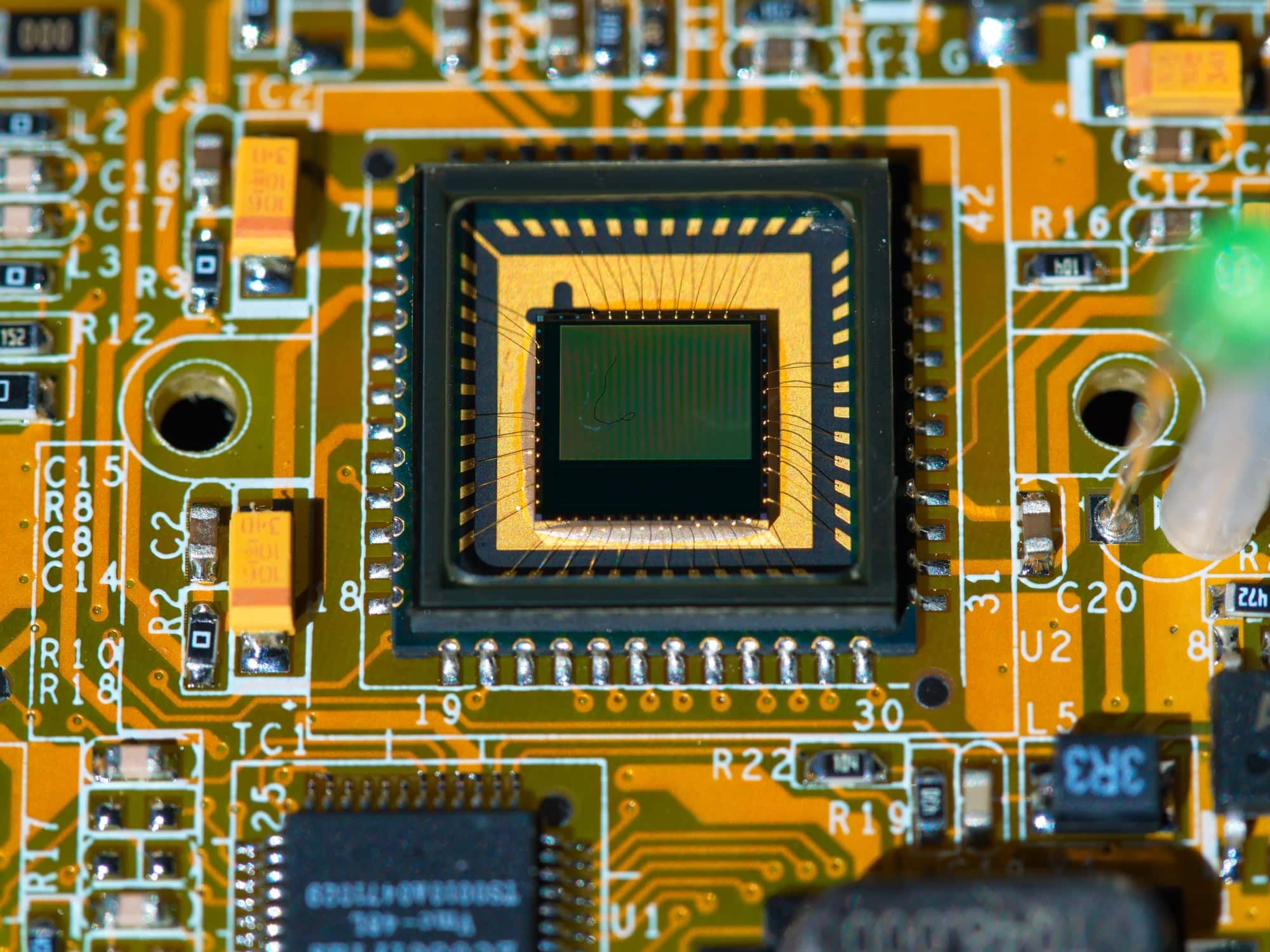How to Choose the Best Aftermarket Backup Sensors for a Safer Parking Experience?

Parking can be a tricky venture, especially when you’re trying to fit your vehicle into a tight space. One wrong move could result in a costly dent or scratch. Cue the backup sensor, a smart device designed to give drivers better control and visibility when parking their cars. This article will guide you on how to choose the best aftermarket backup sensors for a safer parking experience.
Understanding the Importance of a Backup Sensor
A backup sensor, also known as a parking sensor, is a crucial tool for any driver. It’s particularly vital if you’re often navigating intricate parking spaces. These sophisticated devices use either electromagnetic or ultrasonic technology to detect objects behind the vehicle and alert the driver about potential risks during parking.
Also read : Can You Add a Performance Module to a KIA Stinger GT for More Horsepower?
Wireless backup sensors are among the most popular choices due to their easy installation process and seamless performance. However, the market is awash with numerous brands and models, and discerning the best can be a daunting task. But don’t fret, we are here to help you make an informed decision.
Key Features of Backup Sensors
When shopping for backup sensors, it’s important to consider certain key features that contribute to their performance, reliability, and ease of use. These include the type of sensor, detection range, alert type, and ease of installation.
Also read : How to Install an Aftermarket Sunroof in a Toyota Corolla for Enhanced Cabin Ambiance?
Ultrasonic sensors rely on sound waves to detect objects, while electromagnetic models use electromagnetic fields. While both are effective, ultrasonic sensors tend to have a wider detection range.
The detection range is also paramount. Some sensors can detect objects up to 8 feet away, while others may have a shorter range. Opt for a model with a wider range for enhanced safety.
Alert type is another crucial feature. Most sensors use audio alerts, but some models offer visual alerts in the form of lights or display screens. A backup sensor with a display screen provides a visual representation of the distance between your vehicle and the object, offering a more comprehensive view.
Lastly, consider the ease of installation. Wireless models are generally easier to install, requiring no complex wiring. However, some models may require professional installation.
Reviewing the Best Backup Sensors
In light of these considerations, let’s take a look at some of the best aftermarket backup sensors currently available on the market.
-
Hopkins nVision Back-Up Sensor: This model is renowned for its superior performance and affordability. It features ultrasonic sensors with a detection range of up to 5.5 feet and an internal audible alert system.
-
FenSens Smart Wireless Parking Sensor: This one stands out for its smart capabilities. It’s equipped with a 100% wireless sensor and a mobile app that provides visual and audio alerts on your smartphone.
-
AUTO-VOX Wireless Reverse Radar System: This system features four ultrasonic sensors and a LED display for visual alerts. It’s easy to install and offers a detection range up to 8 feet.
Pricing and Installation of Backup Sensors
Prices for backup sensors can vary greatly depending on the brand, type, features, and installation costs. Basic models can start as low as $20, while high-end models with advanced features can run into the hundreds.
Installation can be a do-it-yourself job if you’re handy and the sensor is wireless. However, for wired systems or if you’re not comfortable doing it yourself, professional installation may be necessary, which can add to the overall cost.
Maintaining Your Backup Sensor System
Once you have chosen and installed your backup sensor, proper maintenance is key to ensure it continues to perform optimally. Clean your sensors regularly to remove any dirt or debris that could interfere with their performance. Furthermore, always ensure the sensor is free from any obstruction and check the system regularly for any signs of malfunction.
Remember, a backup sensor is not a substitute for careful driving and attention to the surrounding environment. Always use your mirrors and check your blind spots when parking your vehicle. The backup sensor is there to assist, not to take over your role as the driver.
Comparing Backup Sensors Vs Backup Cameras
Before we delve deeper into the world of backup sensors, it’s crucial to draw a comparison with a closely related tool – the backup camera. Just like backup sensors, backup cameras are designed to enhance safety during parking, but they do so in a slightly different way.
A backup camera, also known as a rear-view camera, provides a video feed of what’s behind your vehicle as soon as you shift into reverse gear. It’s typically mounted on the license plate holder or the rear bumper, and the video feed is displayed on a screen on the dashboard. This video feed aids drivers to see obstacles directly behind the vehicle, eliminating blind spots and allowing for safer, more confident backing up.
When choosing between backup sensors and backup cameras, consider your specific needs and preferences. If you prefer visual feedback, a backup camera may be a better fit. However, if you prefer auditory or haptic (vibratory) alerts, then a backup sensor is the way to go. Some high-end models even combine both backup sensors and cameras for a more comprehensive approach to safe parking.
It’s also worth noting that a backup camera may require more complex installation than a simple sensor system, as it involves mounting both the camera and the display screen. However, many modern vehicles come with pre-installed camera systems.
The Relation between Backup Sensor and Parking Assist System
A parking assist system is another tool that can drastically improve your parking experience. This advanced system is designed to help drivers park their vehicles with greater precision and ease, reducing the chances of collision.
A typical parking assist system includes a combination of different tools, including backup sensors and cameras, and goes a step further by adding steering and braking support. When the sensors detect an object, the system not only alerts the driver but can also automatically apply the brakes or adjust the steering to prevent a collision. Some even include a garage parking assist feature to help you park perfectly in your garage every time.
While a parking assist system offers more comprehensive assistance, it’s usually more expensive and requires professional installation. Moreover, it’s generally found in high-end vehicles and may not be available as an aftermarket option.
In conclusion, choosing the best aftermarket backup sensor involves considering several factors, including the type of sensor, detection range, alert type, and ease of installation. Additionally, understanding the difference between backup sensors, backup cameras, and parking assist systems can help you make an informed decision based on your specific needs and budget.
Whether you opt for a simple backup sensor like the Hopkins nVision, a smart sensor like the FenSens, or an advanced system like the AUTO-VOX, remember regular maintenance is key to its longevity and performance. Lastly, always remember that these tools are meant to assist you in parking safely, not to replace careful driving. Stay alert, use your mirrors, and make good use of your sensor system for a safer parking experience.
